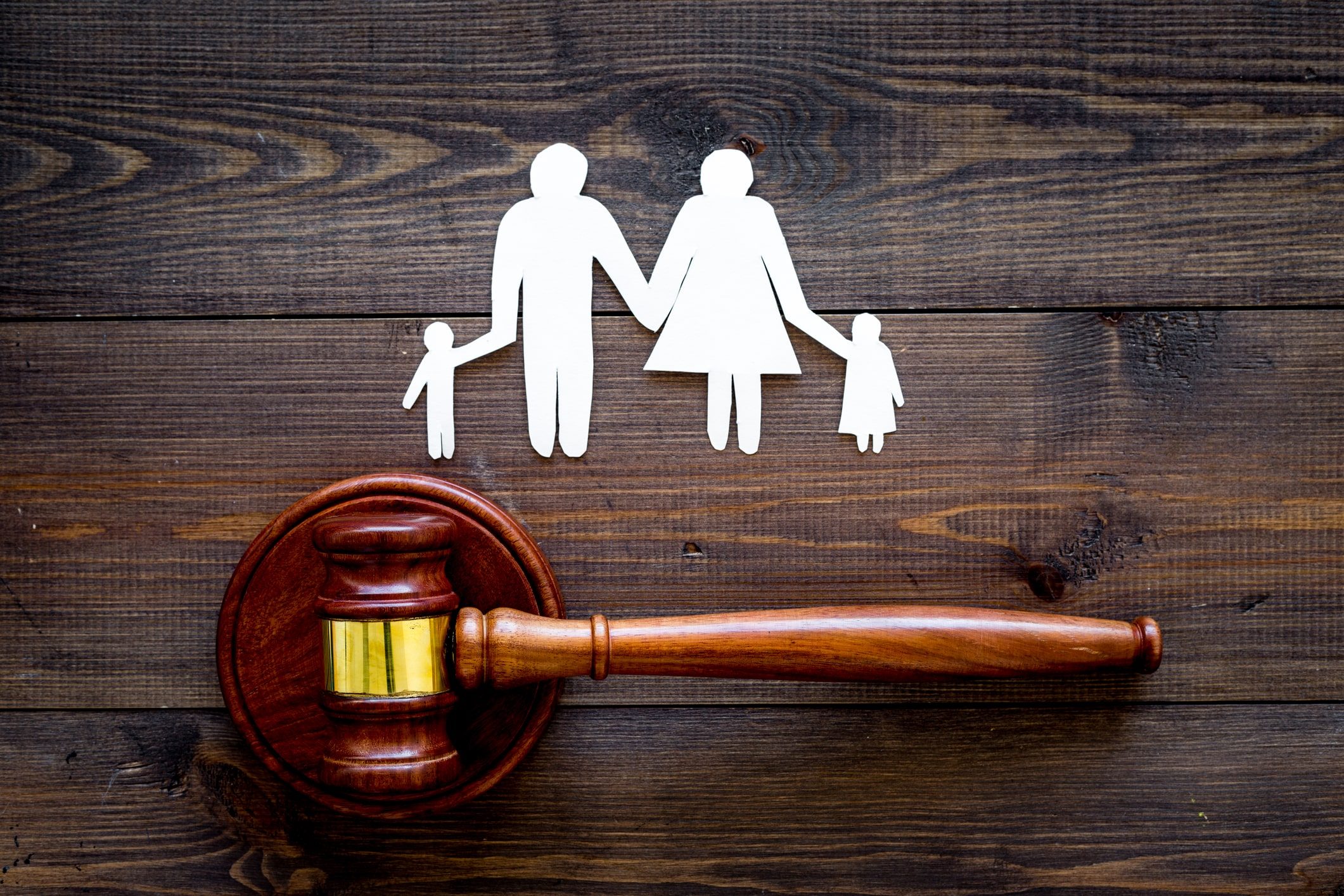By Kristie Thompson

When a child is removed from their home as a result of abuse or neglect allegations they are typically placed into foster care.[1] Over the past few years there has been an increase in placing children in alternative care arrangements often referred to as “hidden foster care” or “diversion.”[2] In such cases, parents are often given two alternatives as soon as Child Protective Services (CPS) becomes involved: either identify a friend or relative that can care for the child, or allow the child to be placed into foster care.[3] As one can imagine, the parents’ emotions are running high when dealing with CPS, and they are often willing to do anything to prevent their children from going into foster care—even signing an agreement that strips the services and benefits provided by being formally placed into the foster care system from their children.[4] When being faced with these decisions the parents are typically given a time limit, making it virtually impossible for them to make a fully informed decision. Moreover, the interaction itself creates a false dichotomy.[5] This is especially true in Virginia because guidance from the Virginia Department of Social Services promotes kinship care, where relatives must be identified early in the foster care process, and emphasizes placing the child with an appropriate relative or friend before being placed with a stranger.[6]
When a child is formally placed in the foster care system there are some immediate benefits beyond just being placed in a safer home. Children receive services to help them in school and counseling to help them heal from any trauma they may have experienced.[7] These services are paid for by the local department of social services (LDSS) and are exclusively for children within traditional foster care.[8] Similarly, formal foster parents are given any resources they may need to ensure the well-being of the child.[9] On the other hand, when children are removed from their homes by entering hidden foster care, they are not provided any of these benefits and are often forced to face even more difficult situations.[10] This occurs because there is no requirement that LDSS do anything to assist, financially or otherwise, children that are not in their care.[11] Unlike in traditional foster care, with hidden foster care there is no official change in legal custody, leaving the new caregivers unable to enroll the child in a local school or take care of their medical needs.[12] The new caregivers often receive no compensation, creating a financial burden for the individuals who were simply hoping to help out their friend or relative who is in need.[13]
Beyond placing parents in horrible situations and creating hardships for caregivers is an even bigger problem: a complete lack of court oversight.[14] In traditional foster care there are frequent court dates ensuring the well-being of the child and protecting the rights of the parents throughout the process.[15] Without court intervention, everything could be left to the discretion of the caregiver. This can create problems as there is nothing to ensure that the parents are even allowed to maintain contact with their child; caregivers can deny parents visits or phone calls (activities that are essentially guaranteed in traditional foster care) for any reason and the parents would not be able raise this issue with anyone since there is no judge involved. Usually, LDSS has resigned themselves from the situation once the child has been removed.[16] Even more tragically, parents are typically left without a clear process to get their children back home.[17]
While there are likely some instances of hidden foster care working in a way that benefits all involved, this issue has created a tremendous amount of heartache for parents and caregivers across the country. Some states, like Texas, have been working towards creating legislation that will prevent hidden foster care from harming any more families.[18] Hopefully, Virginia will be next in taking steps to better protect children, parents, and would-be caregivers.
[1] See Voices for Virginia’s Children, Foster Care and Adoption, https://vakids.org/our-work/foster-care-adoption (last visited Sept. 8, 2022).
[2] Josh Gupta-Kagan, America’s Hidden Foster Care System, 72 Stan. L. Rev., April 2020, at 846.
[3] Id. at 849.
[4] Id.
[5] Id.
[6] See Va. Dep’t of Soc. Servs., Foster Care Overview, https://www.dss.virginia.gov/files/division/dfs/fc/intro_page/guidance_manuals/fc/07_2021/section_1_foster_care_overview.pdf (last visited Sept. 8, 2022).
[7] See 42 U.S.C. § 671 (LEXIS current through Pub. L. No. 117-166).
[8] Id.
[9] Id.
[10] See Roxana Asgarian, Hidden Foster Care: All of the Responsibility, None of the Resources, https://theappeal.org/hidden-foster-care/ (last visited Sept. 8, 2022).
[11] Supra note 2, at 880.
[12] Supra note 2, at 881.
[13] Supra note 2, 880.
[14] Supra note 2, at 861.
[15] Supra note 2, at 860.
[16] See supra note 2, at 855.
[17] See supra note 2, at 854.
[18] See Sara Tiano, Texas Lawmaker Commits to Restricting and Tracking Hidden Foster Care, https://imprintnews.org/law-policy/texas-lawmaker-restricting-tracking-hidden-foster-care/57488 (last visited Sept. 8, 2022).

